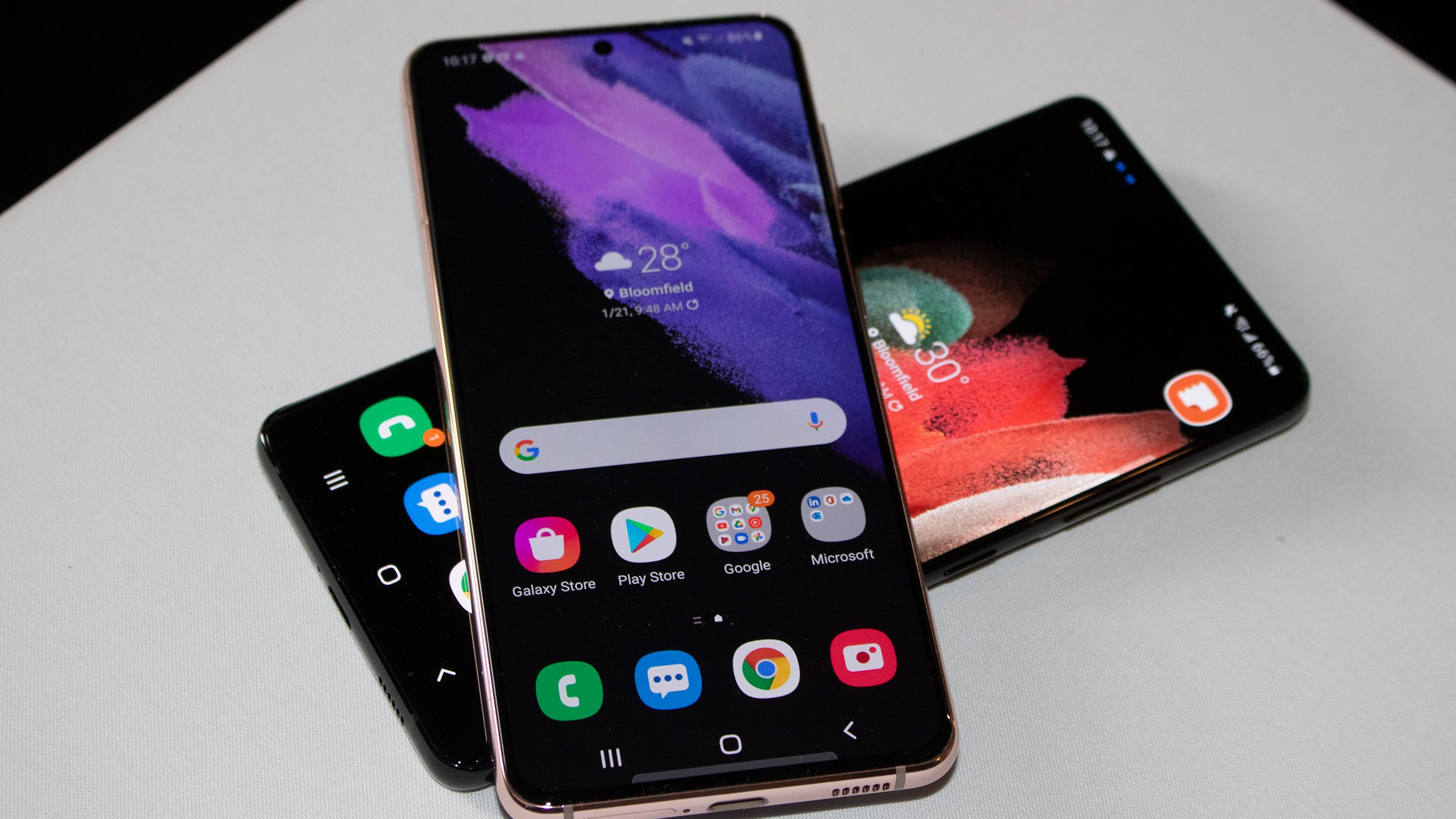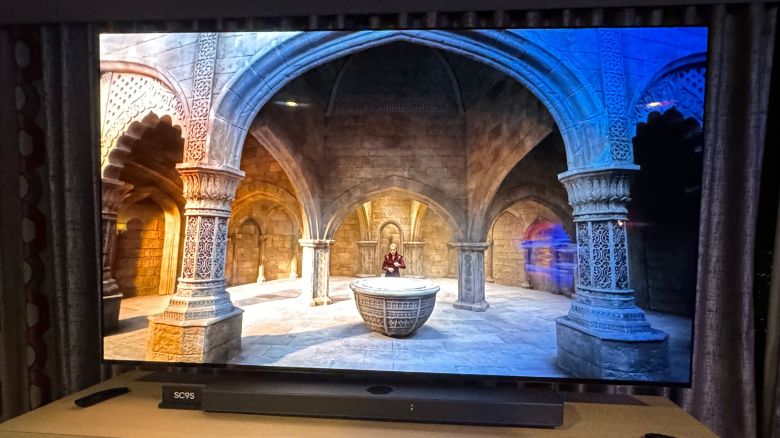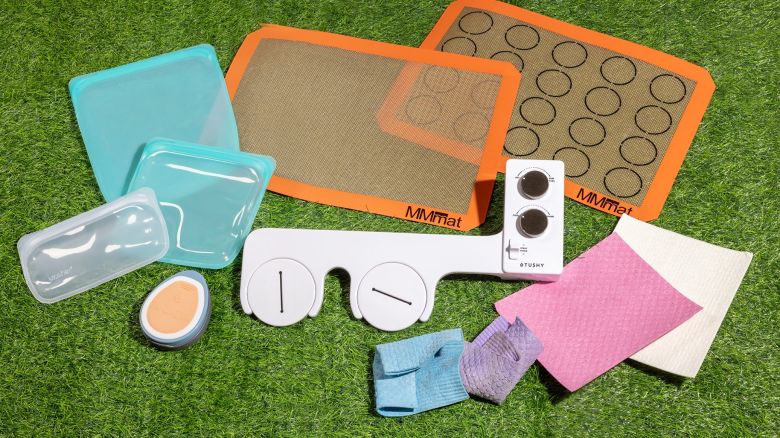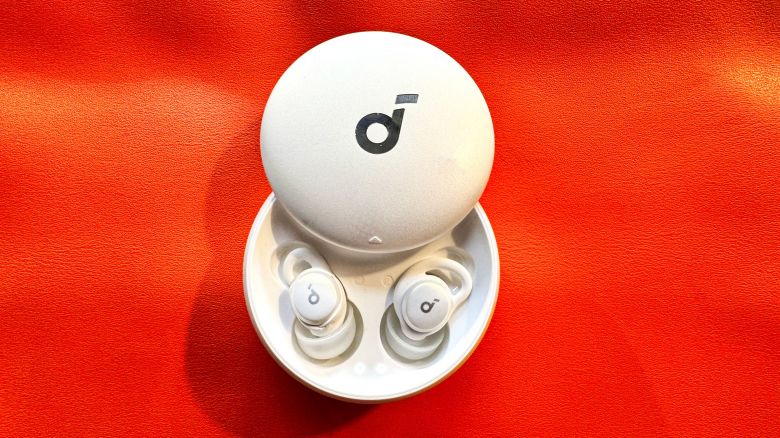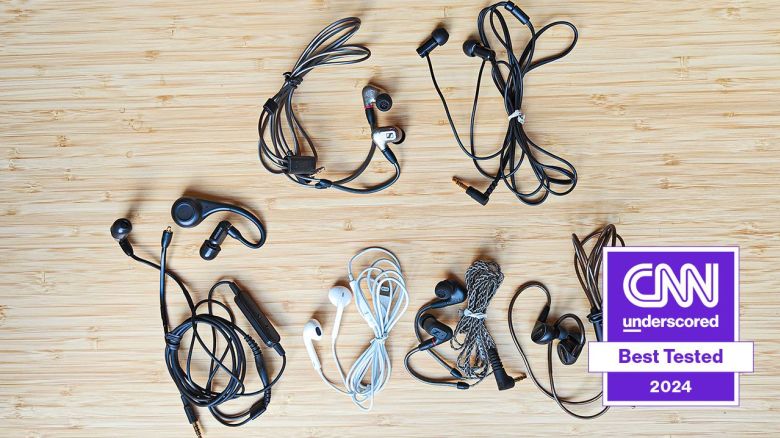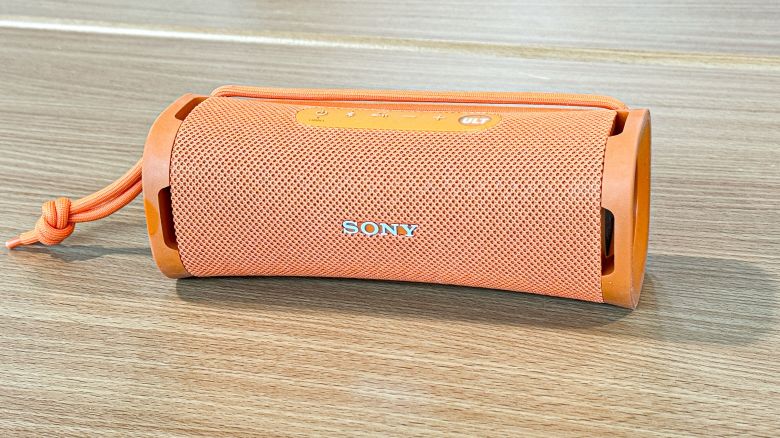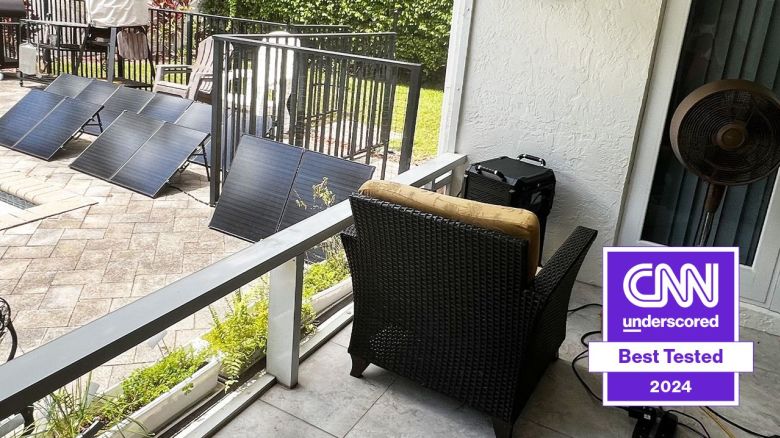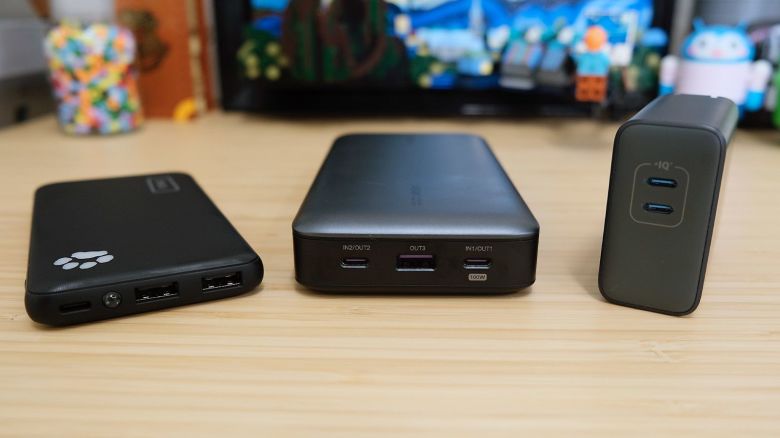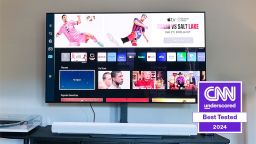Samsung is one of the biggest smartphone makers for good reason. The Korean tech giant arguably produces some of the best Android phones on the planet. However, making sense of Samsung’s smartphone lineup is enough to give most a headache. That’s not a knock on Samsung — the company definitely knows how to make phones for a wide range of users, based on features and price point. But it can be confusing if not intimidating to figure out which phone is right for you.
For instance, is there a huge difference in experience between the $399 Galaxy A51, the $1,199 Galaxy S21 Ultra 5G or the $1,999 Galaxy Z Fold 2? Indeed, there is. But what about the $600 Galaxy S10+ versus the A51?
Below, we’ll break down the top phones in Samsung’s lineup in an effort to help you find the right phone for you.
A no-frills phone: Samsung Galaxy A51
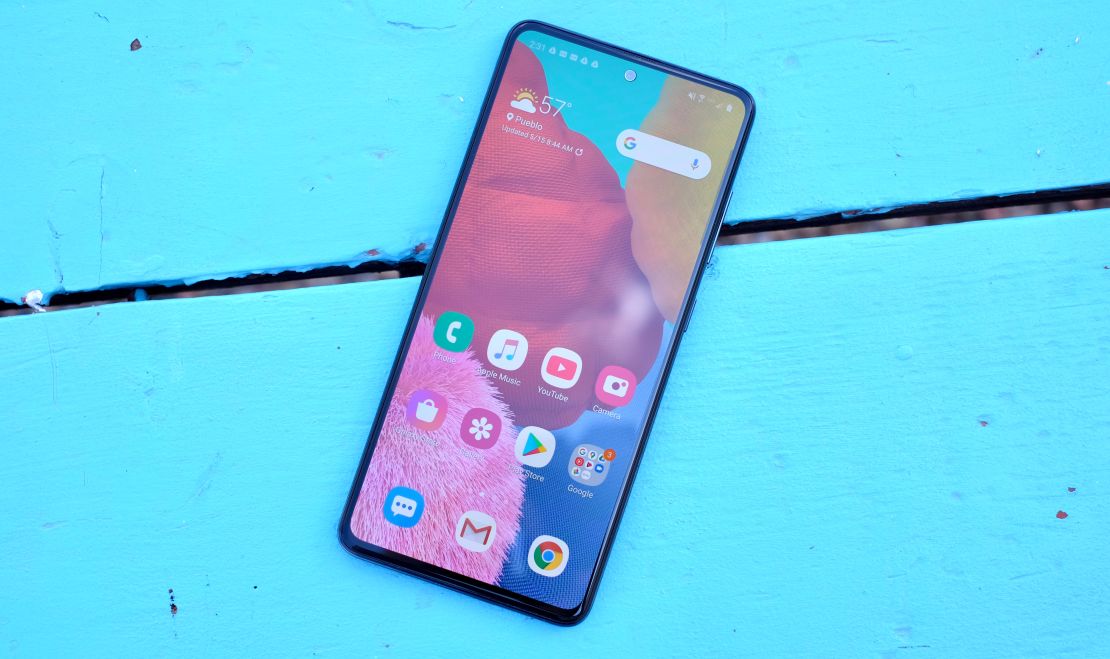
We reviewed the Galaxy A51 last year, and while it’s one of the more affordable priced phones in Samsung’s lineup, its performance left us wanting more.
Overall, it’ll get the job done, but it’s going to teach you how to be patient when you encounter random slowdowns and sluggishness.
Battery life and the camera are both solid, with the camera taking slightly oversaturated photos that are still more than worthy of being shared on Facebook or Instagram. The battery should be more than enough to get through a full day of heavy use.
The A51 has a 6.5-inch FHD+ display, a 32-megapixel front-facing camera and four rear-facing cameras, ranging from a macro shooter for up-close shots to an ultrawide camera that lets you zoom out on a photo.
The A51 is fine for someone who doesn’t need a lot from a phone. It’ll handle sending messages, Facebook browsing and the occasional gaming session.
2019 specs for less: Samsung Galaxy S10
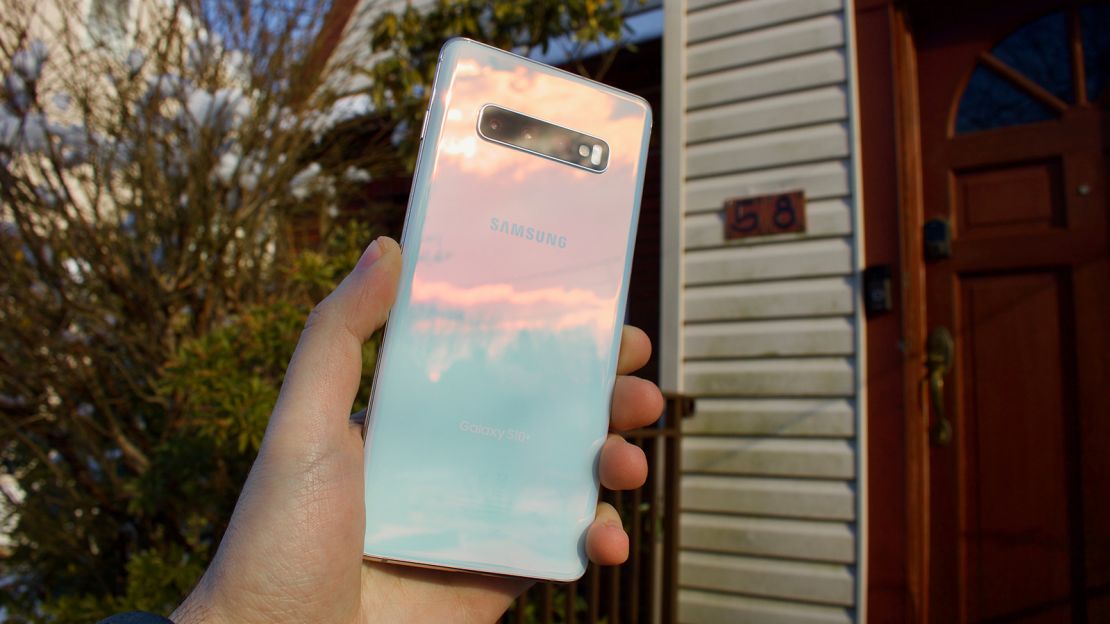
When Samsung announced the Galaxy S20 line in 2020, it kept the Galaxy S10 line around and lowered its price. Fast-forward to 2021, and the Galaxy S21 lineup is here, while the Galaxy S10 hasn’t gone anywhere.
Prices for all three Galaxy S10 models — the $400 S10e, the $500 S10, and the $600 S10+ — have never been lower.
That said, the technology inside all three models is getting older. They’re still capable of keeping up with common tasks, and are likely to provide a better overall experience than the A51.
The Galaxy S10e is the entry-level model. It uses different display tech and has a fingerprint sensor embedded in the power button but keeps the impressive camera setup the S10 line is known for.
The S10 line is essentially a 5G-less version of the Galaxy S20, without the fancy camera zoom. And there’s nothing wrong with that at all. If you want to know how each model stacks up when compared to OnePlus or Apple, we have a buying guide that walks you through it all.
For the creative power user: Samsung Galaxy Note 20

Samsung’s Galaxy Note line has traditionally been geared toward business users and power users who want their phones to do anything and everything. And this year, with the release of the Note 20 and Note 20 Ultra, Samsung is once again aiming its high-end phones at power users.
There are some key differences between the two, starting with price. The Note 20 is priced at $999 and comes in only one configuration. It has 128GB of storage and lacks a microSD card slot as well as some other features you’ll find in the more expensive Note 20 Ultra.
Speaking of, the Note 20 Ultra starts at $1,299 for 128GB of storage. You can get a Note 20 Ultra with 512GB of storage for $1,449.
Both phones come with 5G connectivity and S Pen stylus support, and are powered by the Qualcomm Snapdragon 865+ processor.
The Note 20 Ultra has a 6.9-inch WQHD+ display, a 4,500mAh battery, 12GB of memory, 120Hz screen refresh rate, 9ms latency for the S Pen and microSD card support.
The Note 20 has a 6.7-inch FHD+ display, 4,300mAh battery, 8GB of memory, 60Hz screen refresh rate and 26ms latency for the S Pen.
For someone who wants the latest and greatest, the Note 20 doesn’t make a lot of sense, no matter how attractive its $999 price tag is.
We have a lot more testing to do with the Note 20, but it’s easy to say the Note 20 Ultra is the clear winner between the two devices. If you’re itching for a stylus, massive display and what should be long battery life, then the Note 20 Ultra is calling your name.
For the power user: Samsung Galaxy S21
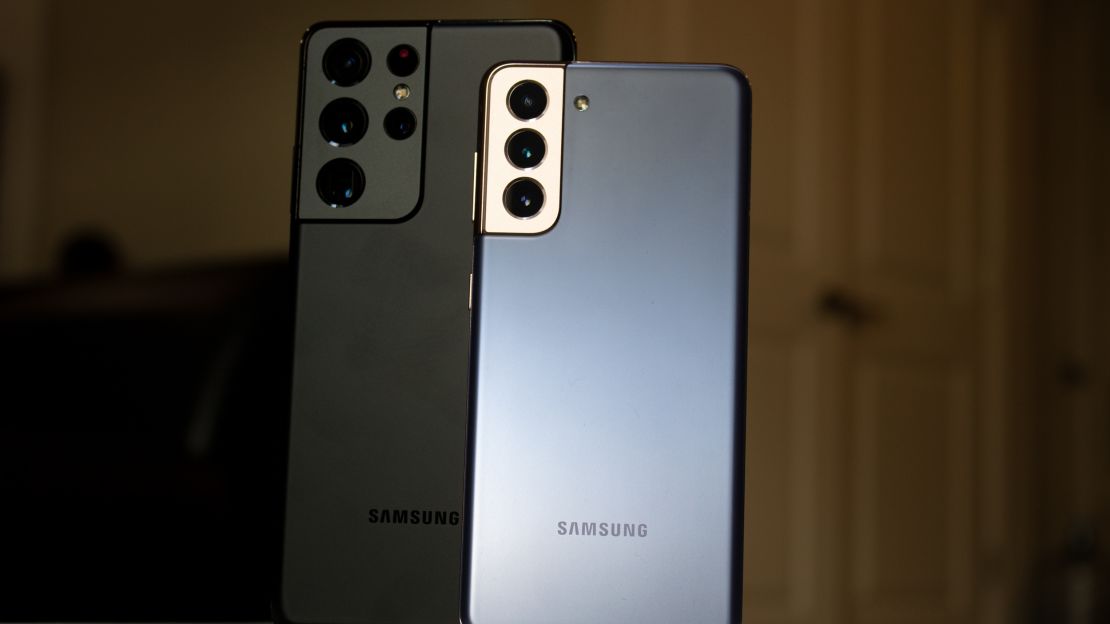
The Galaxy S21, S21+ and S21 Ultra are Samsung’s newest trio of smartphones, each of which have different capabilities and pricing.
The S21 starts at $799.99, while the S21+ starts at $999.99, and the S21 Ultra starts at $1,199.99.
Along with the different prices, each device has its down features.
We’ll start with the S21. It comes with a 6.2-inch display, three cameras on the back and an overall design that looks a lot like the Galaxy S20. There’s a hole punch cutout for the front-facing camera. The back is made of plastic, a cost saving effort on Samsung’s part, with a byproduct of making the S21 lighter. The rear cameras include a 12-megapixels ultra wide, a 12-megapixel wide lens, and a 64-megapixel telephoto lens to round out the versatile camera setup.
The S21+ looks nearly identical to the S21, except that it boasts a 6.7-inch display. Outside of that, the two devices are nearly the same. The S21+ has the same design, camera array, and storage capacity (128GB or 256GB) options.
Where the S21 line diverges is with the S21 Ultra, Samsung’s high-end phone. The S21 Ultra’s display is 6.8-inches, a 40-megapixel front-facing camera, a 5,000 mAh battery, and a 512GB storage option. There are a total of four cameras on the back of the Ultra, with a 12-megapixel ultrawide lens, a 108-megapixel wide lens, and two 10-megapixels telephoto lenses with a 100x Space Zoom feature for close up getting shots from across a large area.
But there’s another key feature that separates the S21 from all other S-series phones. It’s the first phone outside Samsung’s Note line that supports the S-Pen stylus. Meaning, you can use a dedicated stylus to write, draw or sketch out ideas on the S21 Ultra’s display.
All three models support 5G connectivity, use the same processor, Qualcomm’s Snapdragon 888 processor, a fast 120Hz display refresh rate, and run the latest version of Android and Samsung’s One UI 3.1.
After all of the specs and stats are out of the way, the Galaxy S21 lineup can be distilled down to this: The base S21 is for someone who wants a phone that will last well into the future, but doesn’t care about the gimmicky Space Zoom feature or an overabundance of cameras. The S21+ fits the same mold, but with the caveat that it has a larger display.
The S21 Ultra, however, takes things to the extreme across the board. The price is larger, but in exchange you get a bigger display, a matte glass back, S-Pen support, more camera features, and an arguably better design.
If you want the best Samsung has to offer, the S21 Ultra is clearly the way to go. However, if you don’t care about every fancy new feature but you want a phone with the latest internal hardware that’s sure to last a few years, then the S21 and S21+ are fine options.
For the forward thinkers: Samsung’s foldables
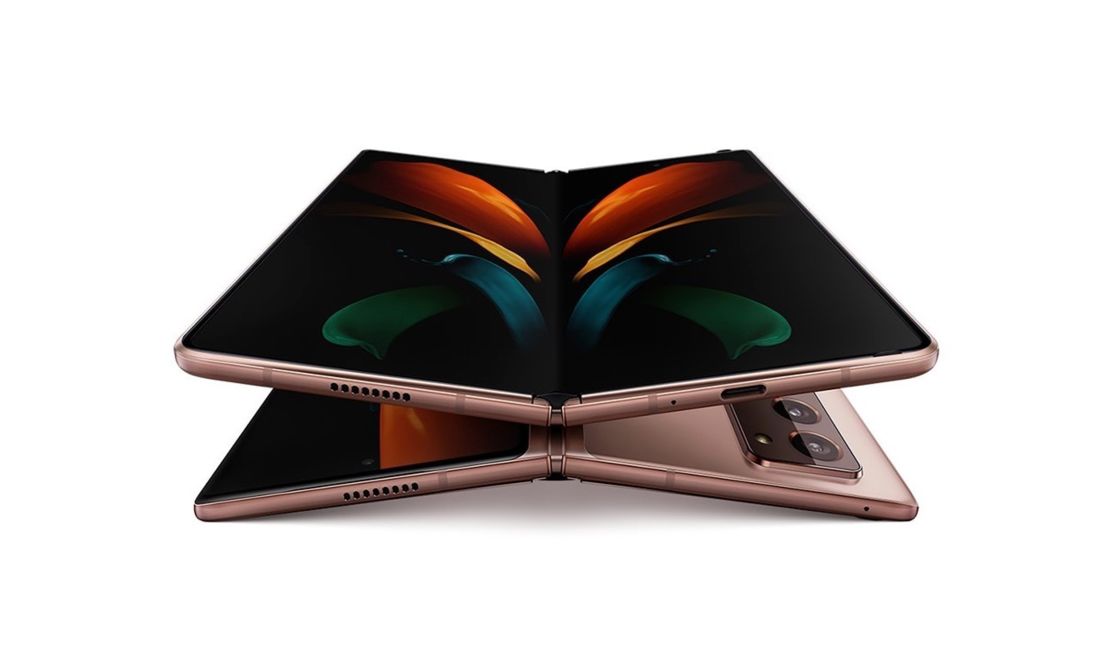
Samsung has an entire line of smartphones that boast foldable displays. Yes, that means the display actually bends or folds, without breaking, either shrinking down the overall size of the phone when it’s closed, as is the case with the Galaxy Z Flip 5G, or opening up to reveal a more tablet-like screen on the inside, like the Galaxy Z Fold 2.
But there’s a big hurdle to get over when looking at foldable phones: the cost. The Galaxy Z Flip 5G, for example, costs $1,449.99. The original Z Flip, sans 5G connectivity and with an older processor, was priced at $1,380.
And now we have the Galaxy Z Fold 2, the successor to last year’s $1,980 Galaxy Fold. The Fold 2 will set you back $1,999, but comes with some added benefits such as private access to on-demand support, and a VIP service that includes premium subscriptions to a handful of services like the Founder’s Card or access to elite golf courses.
Granted, the high cost of Samsung’s foldable phones comes with benefits like using a device that’s arguably on the cutting edge of technology. Many argue that foldable displays, in some shape or form, are the future of phones. We can’t argue with that prediction; it sure does feel that’s the direction things are heading.
So, if you really want to test out the latest and greatest, and don’t mind going through initial growing pains as Samsung works through refining hardware, software and the overall cost of this kind of phone, the Galaxy Z Fold 2 is the best you can get right now. It has a 6.2-inch display on the front, and then opens up to a 7.6-inch display on the inside, providing a tablet-like experience.
